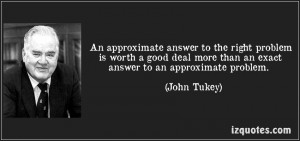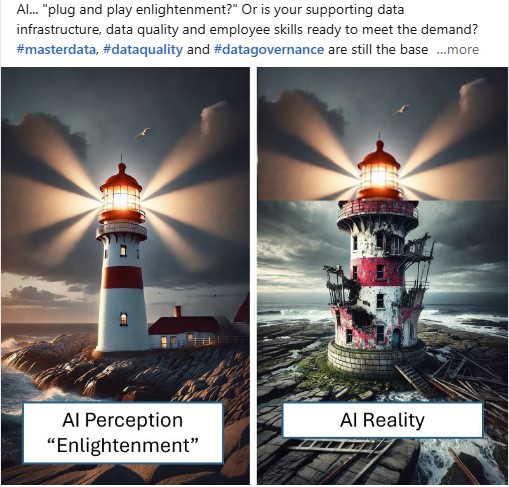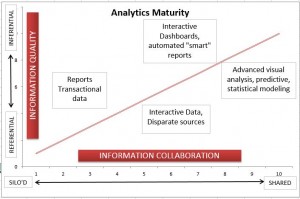Big Data, from an information value perspective, has really NOT been about the amount of data but more about the variety of information. Take the popular 3 V’s on BIG DATA. Volume, Variety, Velocity. Now add IBM’s Veracity to the mix. We’re getting closer to a simple construct, but still missing VALUE! The eventual end game of analytics is not the tech, the science, or the platform to get there. Though I do personally love these components, typical business stakeholders do not share this technical passion.
IT IS the value expressed through timely decisions, directions and ACTIONS that lead to measurable revenue impact. [Monetization of Information Insight]
So we have data warehouses full of transactional consumer and retailer data. All this wonderful quantitative information just waiting to be MASHED with something new, or more to the point something DIFFERENT. That different is social media. Legions of consumers sharing, posting, blogging, liking and tweeting. Basically a 24/7 feedback loop that is, for the most part, consumer initiated. (And, after some careful research a representative population set) Individuals are turning to trusted resources for recommendations on which products to try, to buy and ultimately support. They are NOT going to brand pages!!! ( Unless your offering high value coupons) They are turning to friends, forums and fellowship developed through an on-line journey of trust and familiarity .
What is the potential value? Is this disparate data a variety match “made in Heaven?” In short, Yes, or a least a great stretch toward Heaven.
As you begin think of how this data fits together to create value, the first challenge is developing a base point of inquiry. After the really talented folks get this data into a sandbox where we can create and play we need to develop some questions.
Questions to which the answers have VALUE!!! ( or minimally lead to the ability to ask better questions)
i.e. Take a typical CPG promotion evaluation model. We know how many units at a given price for a specific product were sold at a named retailer in a measured time frame. From this we can deduce promotional lift, efficacy, financial impact to manufacturer (ROI), impact to retailer dollars (category, segment, sub-segment), and a myriad of competitive interactions. And on and on!!!
But we now have information on what the consumer is voluntarily sharing either prior to or just after executing this transaction. In the simplest terms… How did they “FEEL” about the price paid, the product, the retailer and the experience.? What insights can be drawn from an aggregate of both promotions and social media? A popular social media metric is “market buzz” Basically an overall quantity of conversations around a specific topic. So how does market buzz interact with non-promoted and promoted volume of Brand X? This is how you begin to ideate from obscure varied data to valuable insights.
 You can definitely begin to see the possibilities…
You can definitely begin to see the possibilities…








